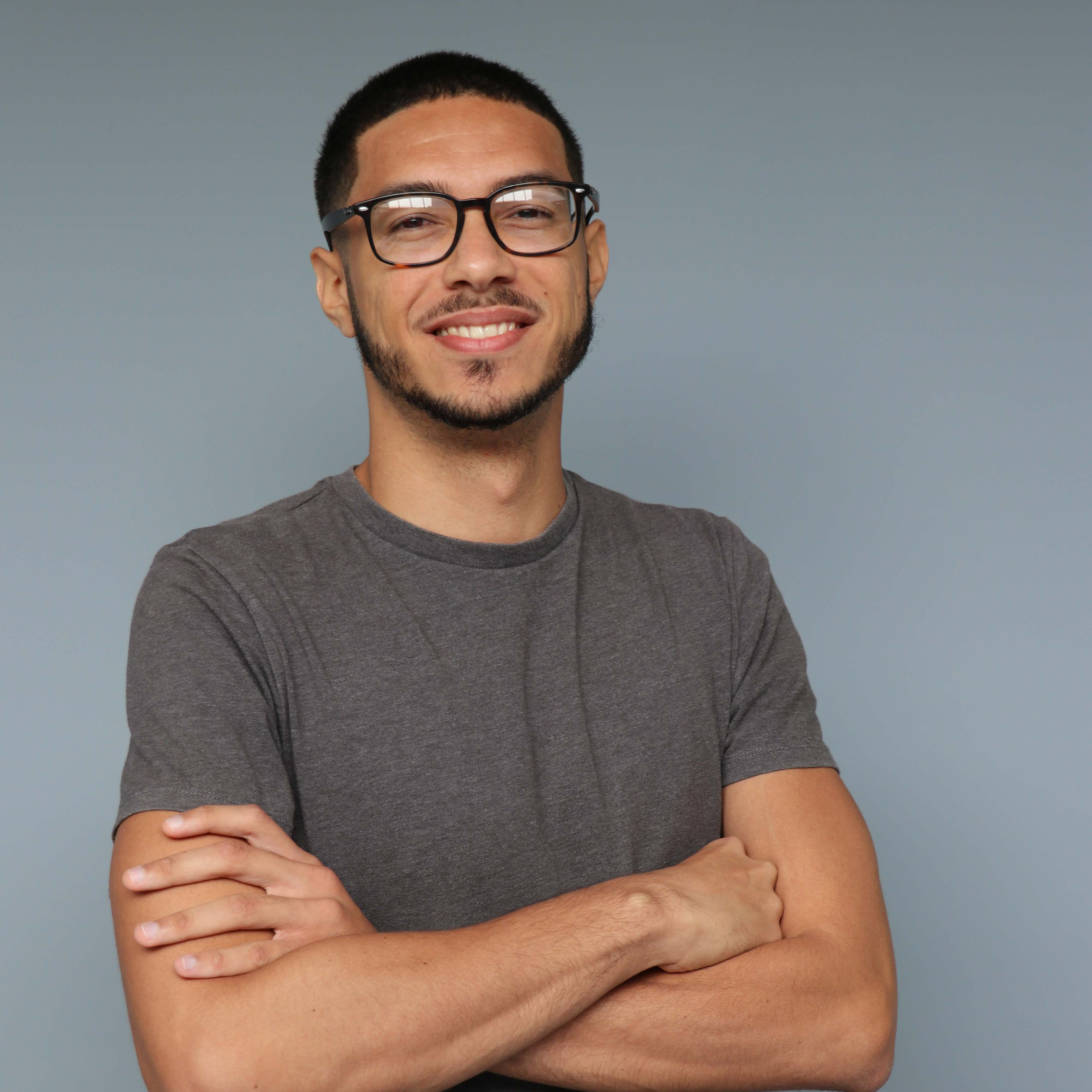Cosa fa?
It's a low-tech desalinator made of clay, more affordable due to its low cost and accessible material, designed to make seawater drinkable through distillation. Aimed at fostering local autonomy, it supports craftsmanship, employment, and combats water stress.
La tua ispirazione
Sensitive to environmental issues, exacerbated by climate change and poor resource management, I proposed a simple, local, and sustainable solution. Observing the water tensions in Martinique, my home island—an island territory surrounded by seawater and affected by water stress—I imagined a desalination plant that would be accessible to all, promoting artisanal know-how and fostering the autonomy of local populations. This project was born out of a desire to break away from dependent and centralized aid models. A true testament to resilience, it represents a tool for empowering vulnerable populations.
Come funziona?
The principle of “low-tech” is to create simple and easily repairable systems to meet basic needs such as water or food. To do this, inexpensive (often recycled) and easily sourced materials are used. I designed a utensil consisting of two containers and a conical lid. The desalinator works by distillation, which separates liquids by heating them and then cooling the vapor. Seawater is poured into a central container. Heated by a local source (fire, gas, electric hotplate, etc.), the water evaporates, as in a saucepan, leaving behind salt residue, impurities, and microorganisms. The vapor rises and then condenses on the conical lid. Its special shape allows the distilled water to flow into a second container separate from the first. The device is made of refractory ceramic, which is inexpensive and heat-resistant.
Processo di progettazione
During an immersion in an NGO helping refugees, I noticed a strong dependence among beneficiaries, revealing the limitations of a system lacking autonomy. By cross-referencing several studies, water emerged as a vital resource, essential for agriculture, hygiene, and health. I focused my research on accessible solutions. Low-tech approaches, already proven in humanitarian missions, quickly became the obvious choice. I explored several existing water treatment devices, adapting them to a simpler, more accessible, and local approach. I focused on terracotta utensils, as this craftsmanship is accessible to many cultures. After sketching and 3D modeling, I made a first prototype by hand and on a potter's wheel, which was not functional due to my lack of experience and technique. I then reworked the proportions, produced two 3D models (5L and 1L), and made cardboard mock-ups. With an R&D office, I validated a feasibility study and manufactured a ceramic prototype (5L). Finally, a final 1L prototype was designed with a ceramic artisan, using semi-industrial molding, with a view to creating a more reproducible model. I carried out tests, which were conclusive.
In che modo è differente?
This solution stands out for its economic, ecological, and social approach. Unlike complex and expensive industrial systems, this desalinator can be produced locally, by hand, using simple, inexpensive, and readily available materials. The choice of refractory ceramic allows for artisanal manufacturing without the need for electricity or heavy infrastructure. Robust, accessible, and understandable by all, it was designed to meet the needs of areas most exposed to water stress. More than just a tool for purifying water, it is a lever for regional development, supporting the pottery craft, creating jobs, and promoting short supply chains. It offers a concrete, autonomous, and sustainable response to a fundamental need: producing drinking water on a small scale, directly in households, with means that are within everyone's reach.
Progetti per il futuro
The next steps are aimed at structuring and accelerating the development of the project. I am looking for a partner to assist me with the technical, strategic, and commercial aspects. At the same time, I am continuing R&D to optimize the prototype. I already have a promise of commercial development in the Indian market, which is heavily affected by water problems, subject to proof of concept in a test market. My long-term ambition is to become a recognized player in access to drinking water and to collaborate with international NGOs, institutions, and humanitarian programs around the world.
Premi
World Wide Water won the French Tech Tremplin Martinique start-up competition, as well as a grant dedicated to the development of sustainable solutions. In total, more than €100,000 has been invested in the project to support research and development.



Collega